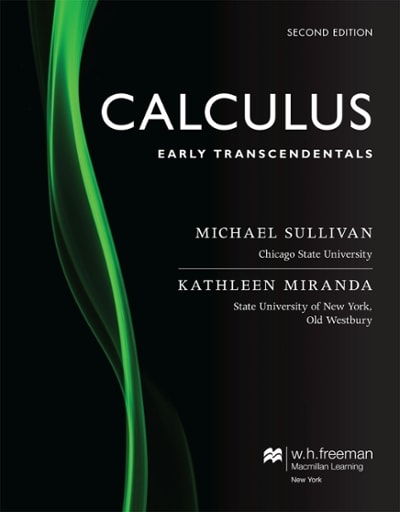Question
Data was collected for 30 professional tennis players regarding their performance in Grand Slams (the four major tennis tournaments in the world). The response variable
Data was collected for 30 professional tennis players regarding their performance in Grand Slams (the four major tennis tournaments in the world). The response variableWin, expressed as a proportion ranging from 0 to 1, is believed to depend on two explanatory variables: the number of double faults and the number of aces.
The following model is estimated:
Win=?
0
+?
1
??DoubleFaults+?
2
Aces+?
Win=?0+?1???DoubleFaults?+?2Aces+?.
A portion of the regression results is shown in the accompanying table.
a. Predict the winning percentage for a player who had 20 double faults and five aces (enter your answer as a percentage rounded to one decimal place.)
%
b.Interpret the interceptof the estimated regression equation. Enter the coefficient as a percentage.
The predicted
(Click to select)
winning proportion
number of double faults
number of aces
is% when the number of
(Click to select)
winning proportion and number of double faults
number of double faults and aces
winning proportion and number of aces
(Click to select)
are equal to
increase by
decrease by
.
c. Interpret the slope coefficient for the variableDoubleFaults. Enter the slope coefficient as an absolute percentage value andindicatewhether it increases or decreases.
The
(Click to select)
number of double faults
winning proportion
number of aces
is expected to
(Click to select)
be equal to
decrease by
increase by
% for each additional
(Click to select)
double fault
win
ace
, while holding the
(Click to select)
number of aces
winning proportion
number of double faults
constant.
d. Calculate the standard error of the estimate(enter your answer as a percentage rounded to one decimal.)
%
e. Calculate and interpret the coefficient of determination (enter your answer as a percentage rounded to one decimal.)
% of the
(Click to select)
double faults
winning proportion
variation in winning proportion
variation in double faults
can be explained by the
(Click to select)
winning proportion and double faults
variation in winning proportion and double faults
variation in double faults and aces
number of double faults and aces
.
f. Calculate the adjustedR2(enter your answer as a percentage rounded to one decimal.)
%

Step by Step Solution
There are 3 Steps involved in it
Step: 1

Get Instant Access to Expert-Tailored Solutions
See step-by-step solutions with expert insights and AI powered tools for academic success
Step: 2

Step: 3

Ace Your Homework with AI
Get the answers you need in no time with our AI-driven, step-by-step assistance
Get Started


